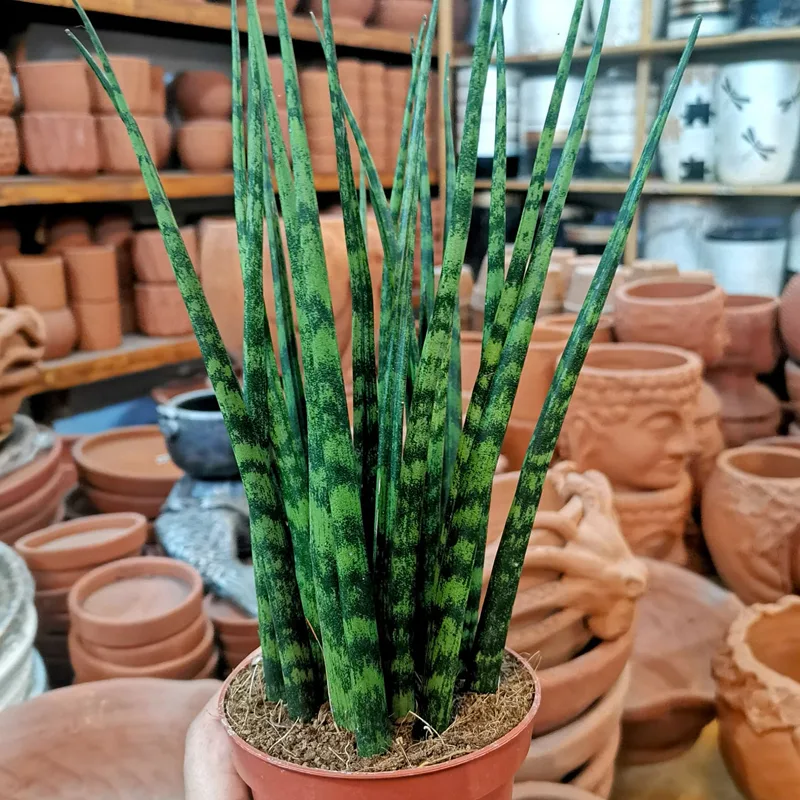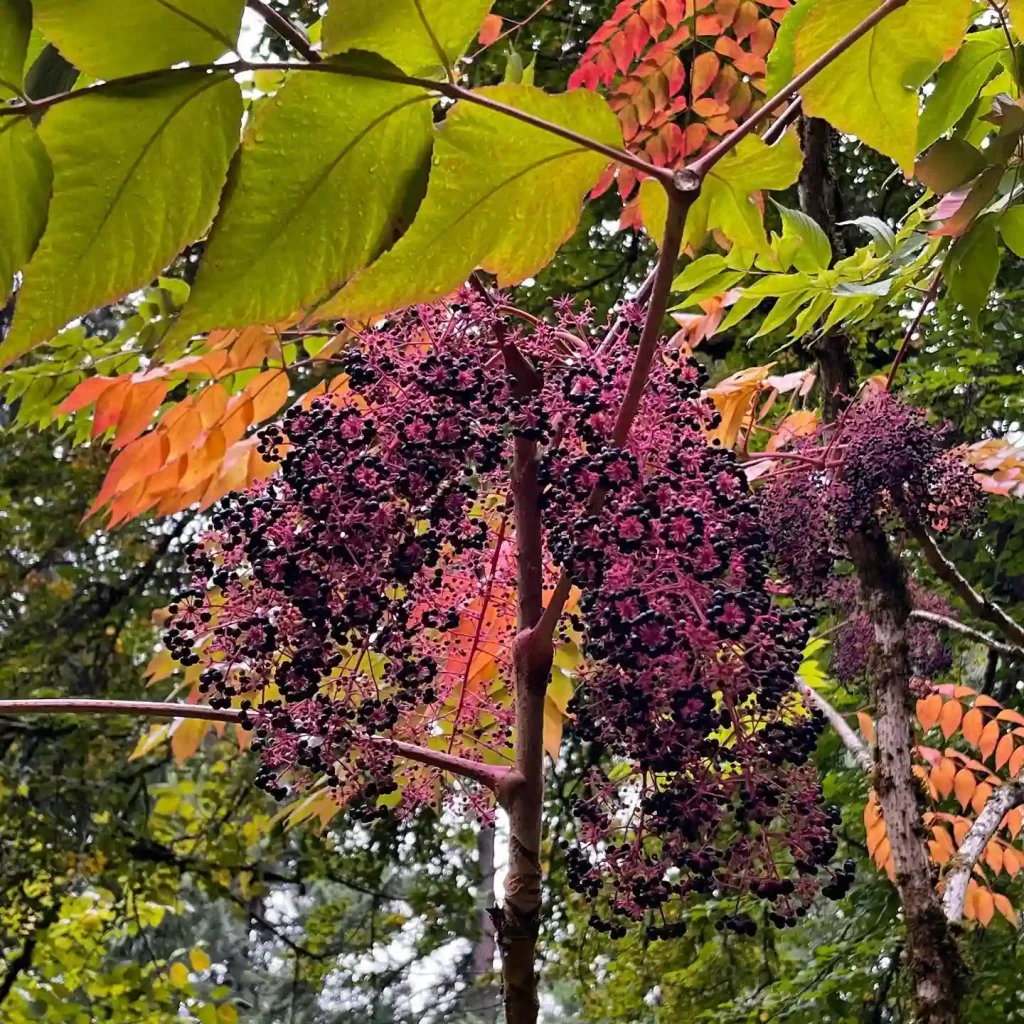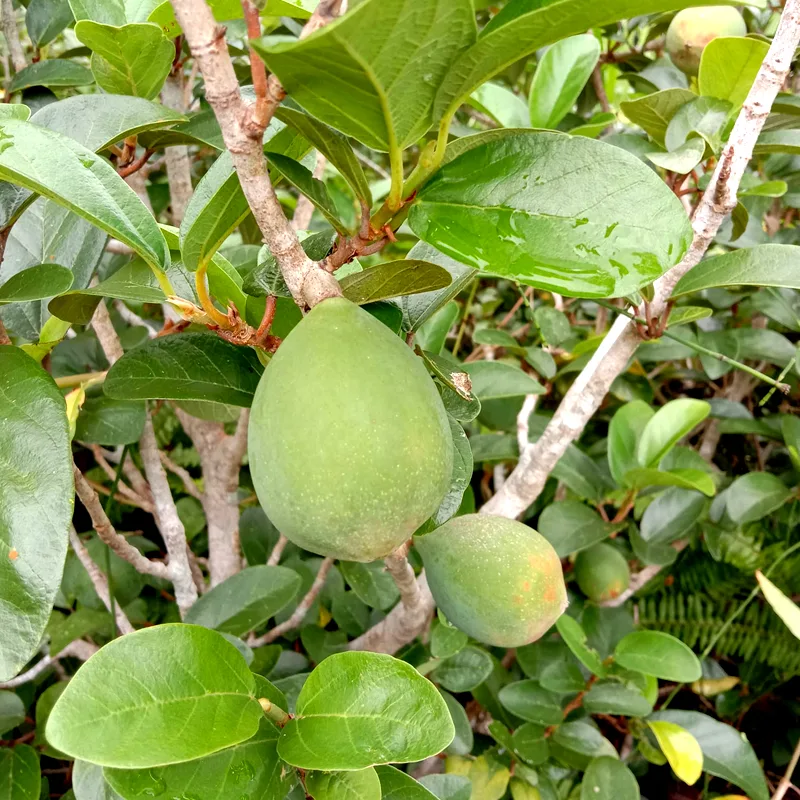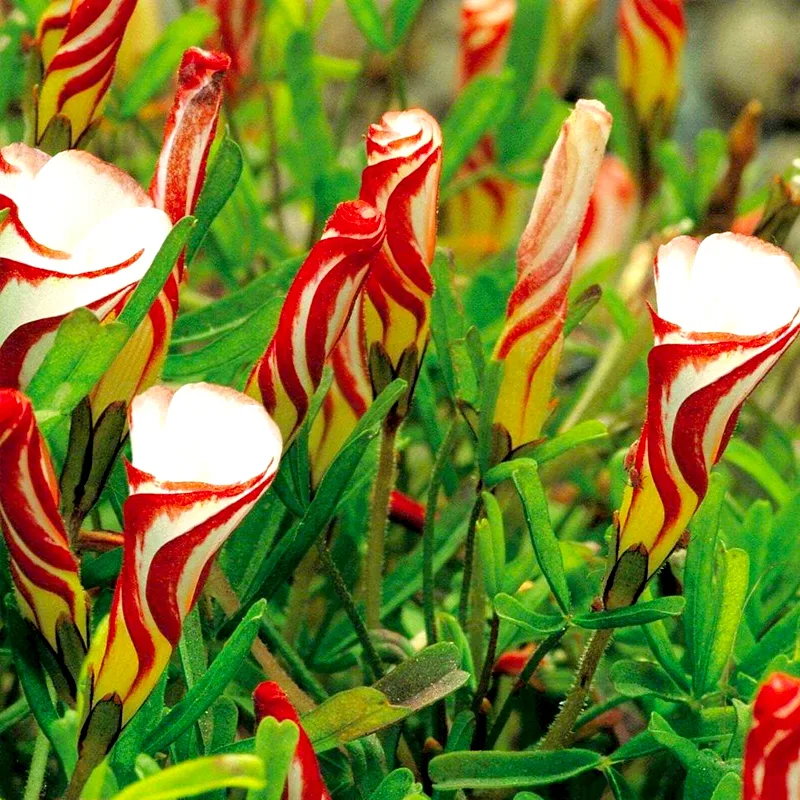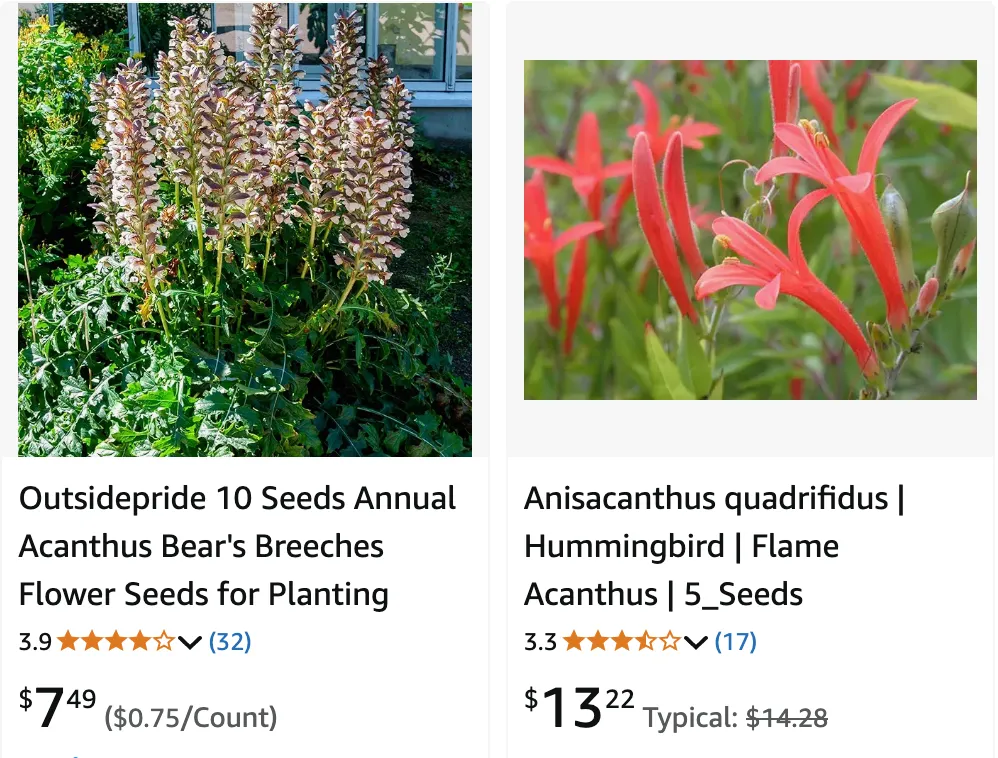
May 2 – Acanthus
"Acanthus, the architectural plant, represents May 2."
Acanthus signifies elegance and perseverance. You carry yourself with grace even during challenges. Like the stately foliage of this plant, your presence adds structure and sophistication to your environment.
Acanthus: My Prickly Passion
The Acanthus. It’s a plant that commands attention. Bold, architectural, and with a touch of the untamed, it’s a genus that has captivated me for years. Perhaps it’s the way their leaves, so often depicted in ancient art and architecture, seem to whisper stories of the past. Or maybe it’s their resilience, their ability to thrive in the harshest of environments. Whatever the reason, I, Ferb Vu, am undeniably drawn to these prickly beauties.
My fascination began innocently enough, with a glimpse of Acanthus mollis in a local garden. Its large, glossy leaves and towering flower spikes, adorned with white and purple blooms, were unlike anything I’d ever seen. I was hooked. I needed to know more.
I delved into the world of Acanthus, discovering a genus rich in diversity and history. These plants, belonging to the Acanthaceae family, are native to tropical and warm temperate regions, with a particular fondness for the Mediterranean. They’ve been cultivated for centuries, prized for their ornamental value and even their medicinal properties.
Acanthus Through the Ages
The Acanthus has left its mark on human civilization, its distinctive leaves immortalized in stone and plaster. The ancient Greeks, in particular, were enamored by its form. They incorporated stylized Acanthus leaves into Corinthian columns, a design element that remains influential to this day. Think of the grand temples of Ancient Greece, the ornate capitals topped with those iconic leaves – that’s the Acanthus legacy.
But the Acanthus is more than just an architectural muse. It has also been used in traditional medicine. Some species, like Acanthus ebracteatus, have been employed in remedies for ailments ranging from burns to snakebites. It’s a testament to the versatility of this genus, a plant that is both beautiful and beneficial.
A Diverse Family
The Acanthus genus boasts a diverse array of species, each with its own unique characteristics. Here are just a few that have captured my interest:
- Acanthus albus Debnath, B.K.Singh & P.Giri
- Acanthus arboreus Forssk.
- Acanthus austromontanus Vollesen
- Acanthus carduaceus Griff.
- Acanthus caroli-alexandri Hausskn.
- Acanthus caudatus Lindau
- Acanthus dioscoridis L.
- Acanthus ebracteatus Vahl
- Acanthus eminens C.B.Clarke
- Acanthus flexicaulis Bremek.
- Acanthus gaed Lindau
- Acanthus guineensis Heine & P.Taylor
- Acanthus hirsutus Boiss.
- Acanthus hungaricus (Borbás) Baen.
- Acanthus ilicifolius L.
- Acanthus kulalensis Vollesen
- Acanthus latisepalus C.B.Clarke
- Acanthus leucostachyus Wall. ex Nees
- Acanthus longibracteatus Kurz
- Acanthus mayaccanus Büttner
- Acanthus mollis L. Plant FAQs: Bear’s Breeches – Acanthus Mollis
- Acanthus montanus (Nees) T.Anderson
- Acanthus polystachyus Delile
- Acanthus sennii Chiov.
- Acanthus seretii De Wild.
- Acanthus spinosus L. Plant FAQs: Acanthus Spinosus – Spiny Bear’s Breeches
- Acanthus ueleensis De Wild.
- Acanthus villaeanus De Wild.
- Acanthus volubilis Wall.
Cultivating Acanthus: A Labor of Love
Growing Acanthus can be a rewarding experience, but it’s not without its challenges. These plants are known for their vigorous growth and can quickly become invasive if not kept in check. They prefer well-drained soil and plenty of sunshine, though some species can tolerate partial shade.
One of the most important things to remember when cultivating Acanthus is to provide ample space. These plants need room to spread their roots and reach their full potential. They also benefit from regular watering, especially during dry periods.
Despite their prickly exterior, Acanthus plants are relatively low-maintenance. Once established, they are quite drought-tolerant and can withstand a fair amount of neglect. However, they do appreciate a bit of attention now and then, such as deadheading spent flower spikes and dividing overgrown clumps.
The Allure of Acanthus
For me, the appeal of Acanthus lies in its combination of strength and beauty. These plants are tough, resilient, and yet undeniably elegant. They bring a touch of the wild to any garden, a reminder of nature’s untamed spirit.
Whether I’m admiring their architectural foliage, marveling at their vibrant blooms, or simply enjoying their presence in my garden, I never tire of Acanthus. They are a constant source of inspiration, a reminder that even the prickliest of characters can possess a unique and captivating beauty.
If i die, water my plants!
